Forging and castingare two common metal hot-working processes, both of which can process metal materials into parts or blanks with certain shapes, sizes and properties.
However, theirPrinciples, methods, characteristics and areas of application are very different, which is briefly described below.
![]()
I. Differences in principles and methods
Principles of ForgingIt is the use of forging machinery to apply pressure to the metal billet to produce plastic deformation, in order to obtain the desired forgings.
There are two main methods of forging:Free and die forgingFree Forging. Free forging refers to the upper and lower two mainstay between the use of impact or pressure to directly deform the blank, simple shape, flexible operation, suitable for single-piece or small batch production. Die forging refers to a certain shape of the forging die, the use of pressure to make the billet full of mold cavity, complex shape, operation specifications, applicable to the production of large quantities.
Forging can also be categorized as hot forging, warm forging and cold forging, depending on the temperature of deformation. Hot forging refers to forging at temperatures higher than the recrystallization temperature of the metal, warm forging refers to forging at temperatures lower than the recrystallization temperature, and cold forging refers to forging at room temperature.
Principles of CastingThe metal is melted into a liquid and poured into a cavity with a specific shape, then cooled and solidified, cleaned and processed to obtain the desired casting.
There are two main categories of casting methods:Sand casting and special casting. Sand casting refers to the casting with natural sand or artificial sand as the main modeling material, simple modeling, low cost, applicable to a variety of materials and specifications of the castings. Special casting refers to the use of other materials or methods in addition to sand as the molding material casting, molding precision, high quality, suitable for complex shapes or high requirements of the castings.
II. Differences in characteristics and performance
The characteristics and properties of forging and casting depend largely on the differences in the way and extent to which they deform the metal.
Forging is the plastic deformation of metal in the solid stateThe forging process can improve the organizational structure of the metal, refine the grain, eliminate casting defects, and improve the strength and toughness of the metal. Forging parts of the internal organization is relatively uniform, dense, no porosity, inclusions and other defects, surface finish, precise size, excellent mechanical properties, wear-resistant, corrosion-resistant, impact-resistant, suitable for bearing high loads, high temperatures, high speeds and other severe working conditions of the important parts.
However, forging also has some disadvantages, such as high processing costs, high energy consumption, large equipment footprint, high noise, high technical requirements for operators, high quality requirements for raw materials, is not suitable for the production of complex shapes, many internal cavities of the parts.Casting is the filling of metal in a liquid state.It can manufacture parts with complex shapes and many internal cavities, with wide adaptability and production flexibility, and can use various metal materials with low cost and high efficiency.
However, casting also has some disadvantages, such as metal in the melting and solidification process is prone to oxidation, inclusions, segregation and other defects, affecting the organizational structure and properties of the metal, the casting of the internal organization is not uniform, there are pores, cracks, shrinkage holes and other defects, the surface is rough, the size of the inaccurate, the mechanical properties of the poor strength and toughness of the low, not wear-resistant, corrosion-resistant, impact-resistant, unsuitable for withstand high loads, high temperatures, high-speed It is not suitable to bear high load, high temperature, high speed, and other severe working conditions of the important parts.
III. Differences in application areas
Forging and castingThe application areas of the forging mainly depend on their characteristics and performance differences. Forging is mainly used in aviation, aerospace, automobile, machinery, metallurgy, petroleum, chemical industry, electric power, rail transportation and other fields, common forging parts are crankshafts, hubs, gears, shafts, hammerheads, knives, valves, turbines, engine parts and so on.
cast (pour metal into a mold)Mainly used in agriculture, construction, water conservancy, mining, light industry, home appliances and other fields, common castings are pipe fittings, flanges, pump bodies, valve bodies, machine tool beds, racks, fan impellers, motor shells, pressure vessels, stoves, pots and pans, iron art, sculpture and so on.
In short, forging and casting are two different metal heat processing techniques, they have their own advantages and disadvantages, suitable for different materials and uses. In the actual production, often need to be based on specific needs and conditions, comprehensive consideration of the feasibility of forging and casting, economy, quality and efficiency, choose the most appropriate process.
What does everyone think about this? Leave your great comments.
For more high value content, please follow the author to view the homepage. Thanks!
 Shanxi Huan Guan Heavy Industry Large Flange Manufacturer
Shanxi Huan Guan Heavy Industry Large Flange Manufacturer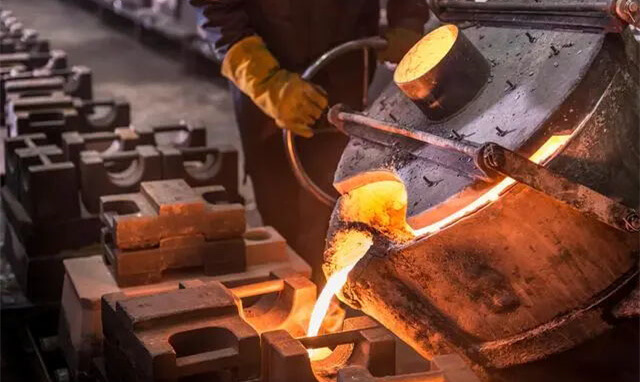

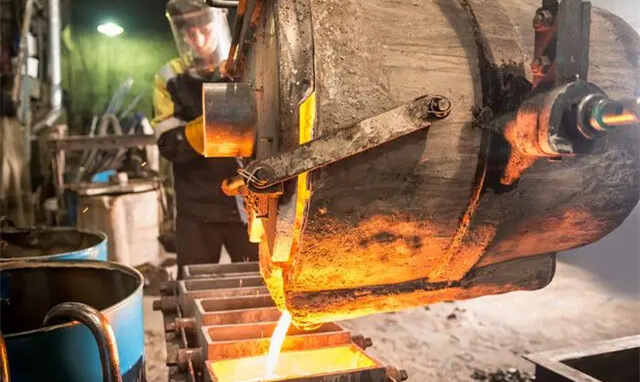


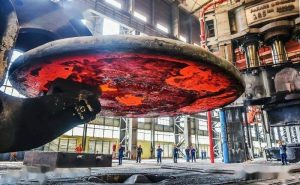

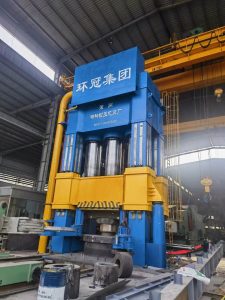
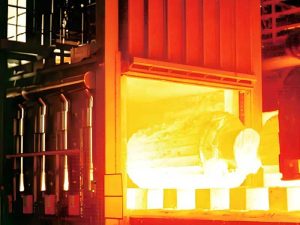


Hello!sign in